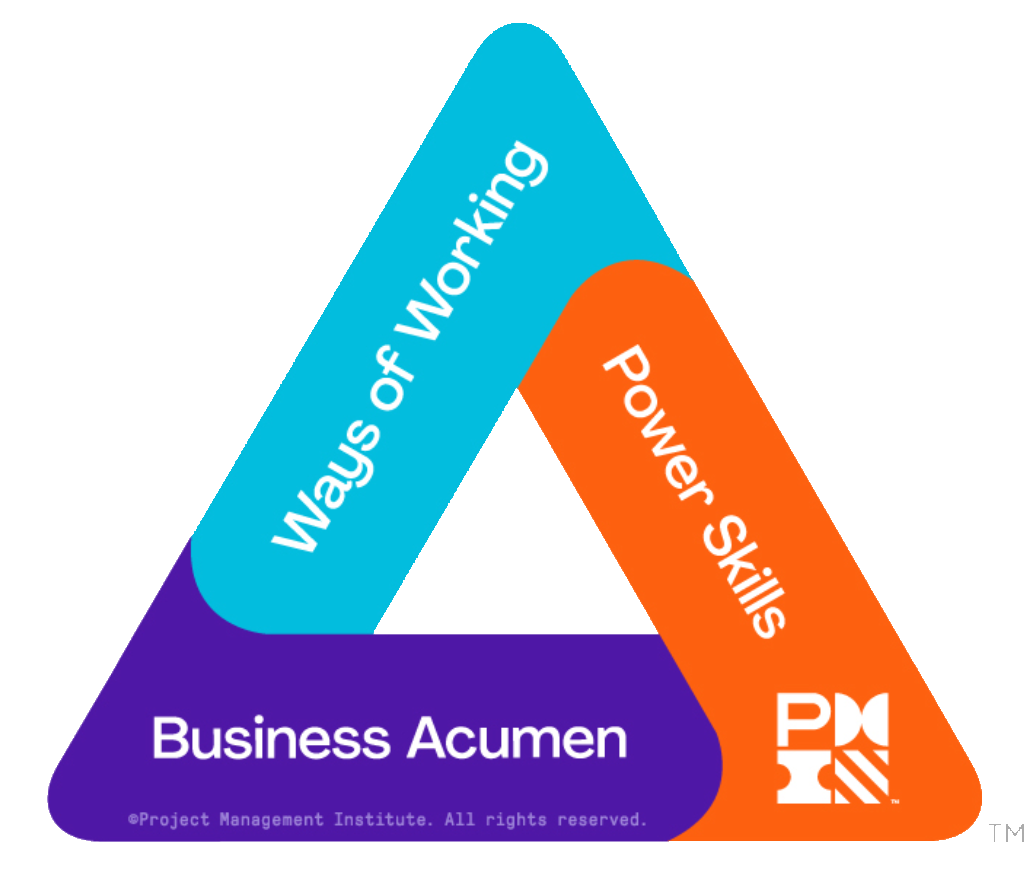Today's large engineering and construction projects are incredibly complex, raising the requirements for effective communication across stakeholder groups. This PMI-created course comes bundled with an assessment designed to help you unlock the power of effective communication in a construction environment. It forms part of PMI's recommended series of courses that provide the foundational knowledge required to pass the PMI Construction Professional (PMI-CP) certification exam.
The recommended courses in this series are:
Learning Objectives
At the end of this course, participants will be able to:
- Understand the complexity of modern engineering and construction projects.
- Recognize the need for effective communication across stakeholder groups.
- Learn communication strategies for construction environments.
- Enhance skills through an included assessment.
Who Should Attend
This course is designed for individuals intending to write the PMI Construction Professional (PMI-CP) exam. Eligibility to write this certification exam requires 3 years of construction experience within the most recent 10 years.
Prerequisite
There is no prerequisite for this course.
Materials
Participants will gain access to digital course materials provided directly by PMI, including the aforementioned assessment.
What You Will Learn
- The Importance of Effective Communication
Effective communication is vital to guarantee the excellence of project deliverables and ensure the achievement of expected results. This topic covers what effective communication is, its principles and importance in the context of complex projects in built environment projects. This topic also addresses the strong list of benefits of effective communication, compensating for the consequences of poor communication, and describing the best practices and techniques to combat and prevent them.
- Building Your Communication Strategy & Communication Plan
Having a structured communication strategy and plan from the beginning of a project is crucial, and both should be maintained throughout the entire project life cycle. This topic covers the principles and benefits associated with communication strategy and a communication plan, the best techniques when applied in built environment projects, and its recommended templates.
- Stakeholder Management for Communication
Stakeholders are the “key actors” of a project, and it is essential to have them on board and keep them engaged throughout the project life cycle. To reach this objective, they need to be managed correctly through effective communication. This topic covers the importance of effective communication in stakeholder management. The topic also highlights the best usage of effective communication tools and templates in order to mitigate points of resistance in stakeholders and address the actions accordingly.
- Active Listening
To communicate more effectively, we need to listen more effectively. Active listening is a key skill that is necessary to ensure projects and programs deliver upon their desired outcomes. Built environment projects comprise multidisciplinary teams coming from diverse backgrounds. Listening skills are a critical leadership skill in managing good communication for these projects, and require an understanding of the impact that culture plays on listening. The nature of built environment projects involves bringing together a client, a design/engineering firm, along with the contractors and subcontractors who often are from different parts of the world, which has a significant inherent risk of cultural misunderstanding. Having a framework to understand how we think and our biases to interpret/misinterpret communication is a major step in the right direction.
- Establishing Appropriate Governance Structures
The complex nature of governance structures in built environment projects requires a rigorous framework to be established in order to ensure an effective communication flow. This topic covers what project governance is, its principles and best practices, and the outcomes of a solid framework to built environment projects from a communication perspective. The section also highlights the consequences of poor governance and how it can impact the effectiveness of the project communication.
- Using “The Big Room”
An Obeya, the Big Room, is a strong practice to help the team focus on the project goals and find the direct paths to achieve them. Based on the importance of the philosophy of Lean, this topic reveals what an Obeya is and how this practice can promote quicker problem-solving and decision making across built environment projects. This section describes how to set up a Big Room, what its rules are, effective tools, and the best practices and approaches that lead to rapid and effective actions.

![]()
![]()
 The following table provides the breakdown of the professional development units (PDUs) for this course aligned with the PMI Talent TriangleTM.
The following table provides the breakdown of the professional development units (PDUs) for this course aligned with the PMI Talent TriangleTM.